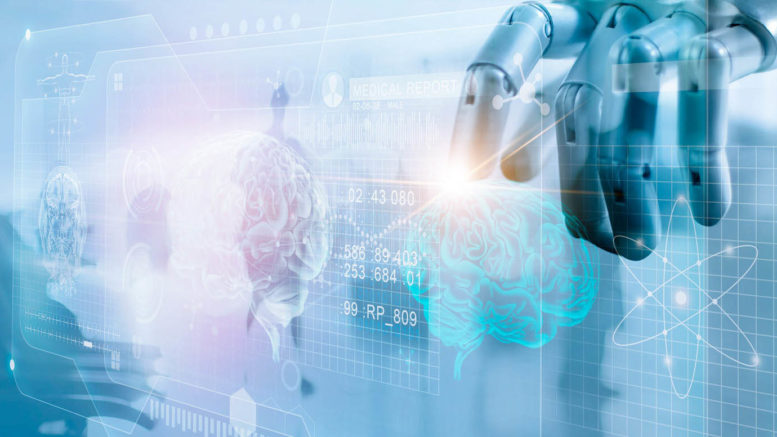Medical technology continues to advance every day, especially with the introduction of robotics in healthcare. Here’s how robots are making a serious impact.
You’re a nurse that transferred to a new hospital. Your colleagues are friendly and welcoming. While on duty, you notice a robot carrying medical supplies down the hall. You’ve never seen medical robots in hospitals before.
Will robots replace your nursing job?
The answer is “no.” Overall, robotics in healthcare doesn’t mean they will replace humans. Experts also predict that the introduction of robots will create more jobs in the healthcare field.
The goal of these robots is to give healthcare workers more time to focus on patient care. Robots will eliminate manual tasks and streamline workflows efficiently. This article will highlight other benefits of healthcare robotics. Read on to learn more.
A Daily Hand
The healthcare industry is contending with a shortage of caregivers. The demand for patient robotic assistance has increased a great deal. Robots can help disabled patients on a daily basis.
Robots can help the following types of patients:
- The elderly
- The disabled
- The sick
These robots can also carry disabled patients from their beds to a wheelchair.
Japan, for example, has relied heavily on robot caregivers. The nation has a high elderly population and a severe caregiver shortage. Therefore, the government has invested heavily in the healthcare robotics field.
In addition to service robots, the healthcare field also has conversational robots for the lonely. Companion robots also improve mental health.
Patients in the West will see more of these types of robots in the coming years.
Internal Medicine
Experts predict that nanobots can enter a person’s bloodstream and eliminate cancer-causing agents in the body. However, these types of nanobots won’t be readily available in the immediate future.
In the near future, however, nanobots can perform the following duties:
- Delivering medication to the bloodstream
- Monitoring patient vitals
- Allowing doctors and nurses to diagnose patients remotely
Robots can provide patients the convenience and flexibility they need. They can prevent long trips to a healthcare center or prevent extended stays in hospitals. And, patients can get instant access to their doctors without appointments or long waits.
Enhanced Precision
Nanorobots could also perform surgical tasks alongside surgeons. For instance, robots could unclog blood vessels during a surgical operation. This is possible through advanced AI and software.
Additionally, they enhance the surgical process in the following ways:
- Increased accuracy
- Greater strength
- Elimination of human error
The surgical robotics market is a growing trend. Robots are already aiding surgeons around the world. However, this doesn’t mean that robots will replace surgeons.
Rather, medical robots can be vital assistants that ensure efficient surgeries. They’re also advanced to the point where surgeons take a secondary role and only supervise the operation.
How Robotics in Healthcare Can Improve the Patient Experience
Robots in medicine can allow nurses and doctors to focus on their patients. Robots can eliminate manual tasks that divert attention away from patient care. And, they can assist in more advanced tasks, such as surgery.
Robotics in healthcare doesn’t eliminate human presence. The healthcare field will always require a human touch and emotional support. This is something that robots cannot give.
Robots can also save more lives by decontaminating anti-resistant bacteria in hospitals. Overall, they’re a stabilizing force that fosters a safer atmosphere for patients and healthcare professionals.
Want more articles like this? Search through the rest of our blog for the latest on health and medicine.
